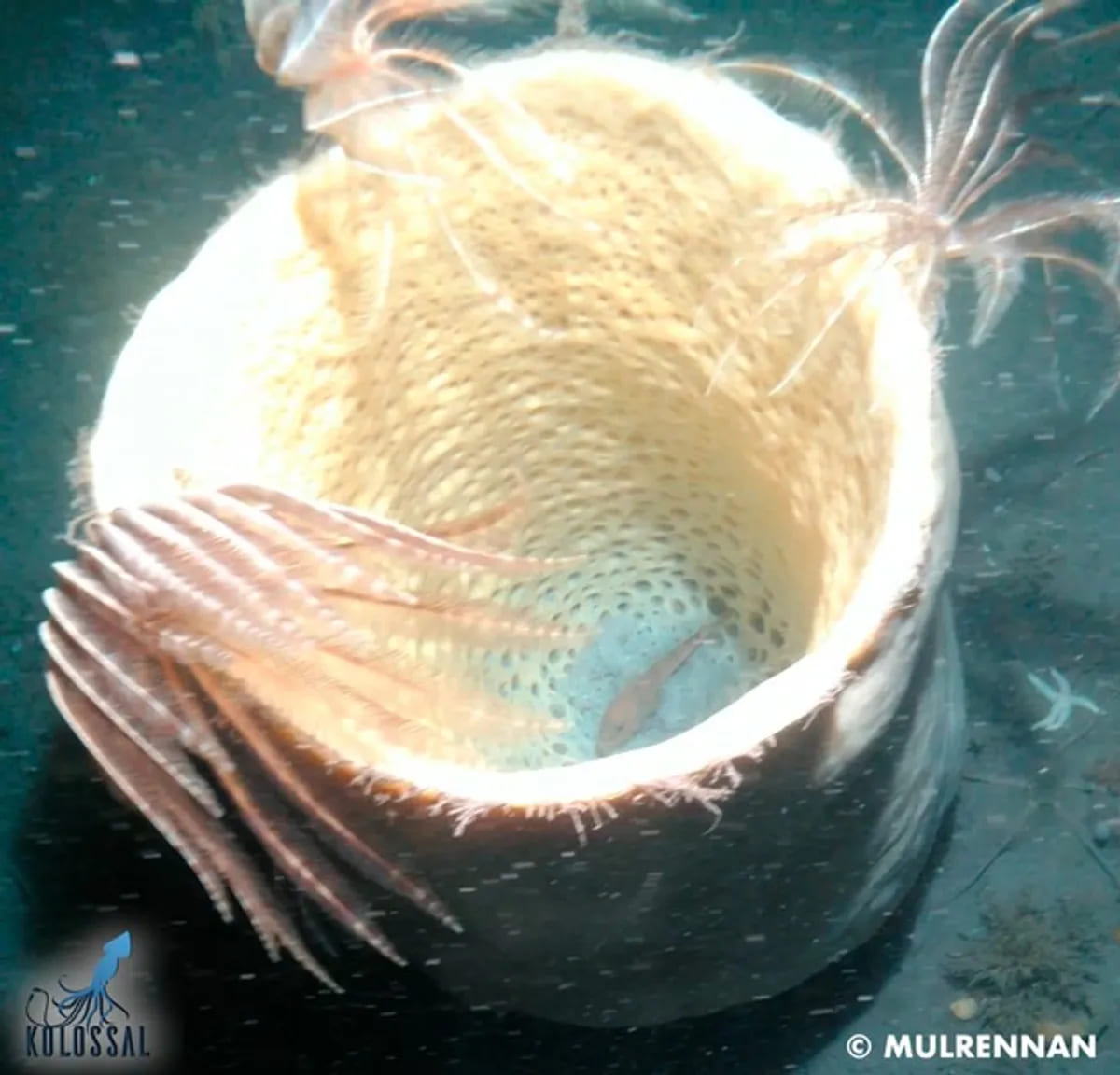The colossal squid (Mesonychoteuthis hamiltoni) remains a profound enigma of the ocean, lacking any live photographs or footage in its natural habitat. The knowledge of this colossal creature is primarily derived from rare specimens caught in fishing nets or washed ashore.
An international research team has set an ambitious goal to locate and study the colossal squid in its natural environment by 2025, marking the species' centennial discovery. From December 2022 to March 2023, the team undertook four expeditions to Antarctica aboard the Ocean Endeavor, equipped with a deep-sea camera system from SubC Imaging capable of descending to 400 meters (1,312 feet) deep.

Estimated to reach 14 meters (46 feet) in length and weighing at least 500 kilograms (1,100 pounds), the colossal squid holds multiple records as the world's largest invertebrate by weight. It is believed to inhabit the deep waters of the Southern Ocean surrounding Antarctica.
Although the team did not encounter an adult colossal squid, they did capture footage of a glass squid measuring 10-12 centimeters (3.9-4.7 inches). This footage, currently under analysis, could depict either an unknown species, an adult Galiteuthis glacialis squid, or potentially the first recorded footage of a small juvenile colossal squid.
"The colossal squid symbolizes how little we understand about the ocean," remarked Matt Mulrennan, Marine Scientist and leader of the expeditions, in a statement to IFLScience.
Glass squids, belonging to the family Cranchiidae, include both the colossal squid and Galiteuthis glacialis species and are the only known representatives of Cranchiidae in Antarctic conditions.
Dr. Aaron Evans, studying Cranchiidae, noted, "This footage provides a rare glimpse into the behavior of wild cranchiids, as previous video evidence of these squids in their natural habitat is virtually nonexistent."
The footage also captures marine snow, organic matter descending into the deep ocean, which obscures the squid's visibility.
Dr. Kat Bolstad, an expert on the colossal squid, cautioned that identifying glass squids from footage can be challenging due to similarities among species.

In addition to the squid footage, the expeditions documented over 80 different deep-sea species, including giant volcano sponges, Antarctic sunflower stars, tunicates, soft corals, siphonophores, and crinoids.
Mulrennan concluded, "While the true identity of this glass squid may remain uncertain, these expeditions have sparked enthusiasm for ocean exploration, revealing Antarctica's remote depths as vibrant and deserving of protection."